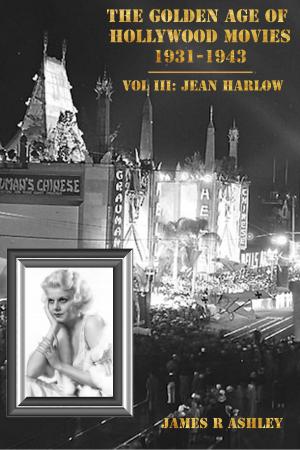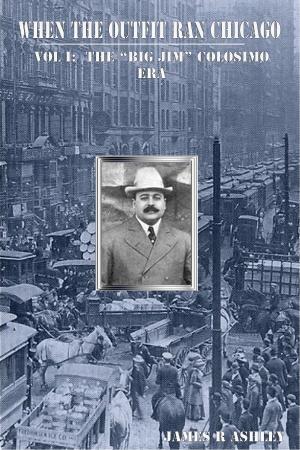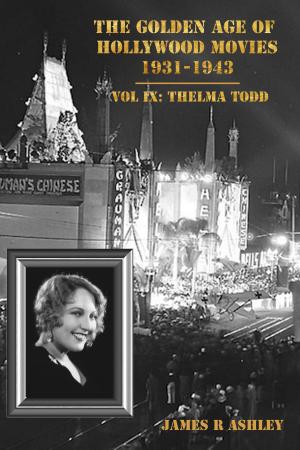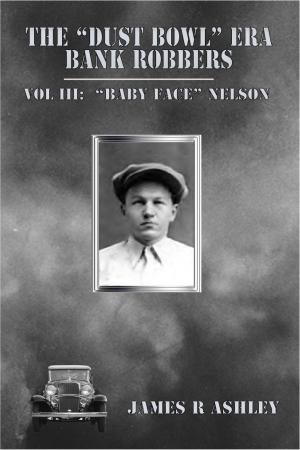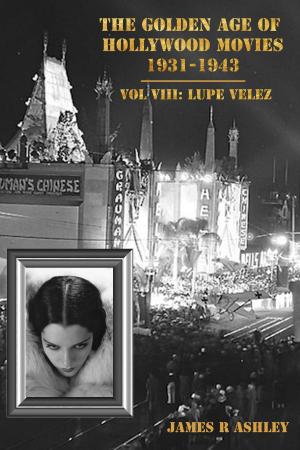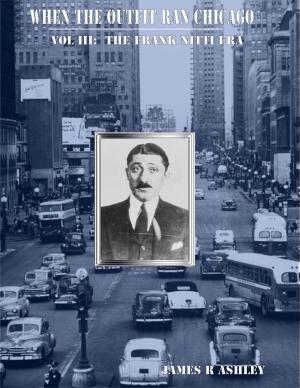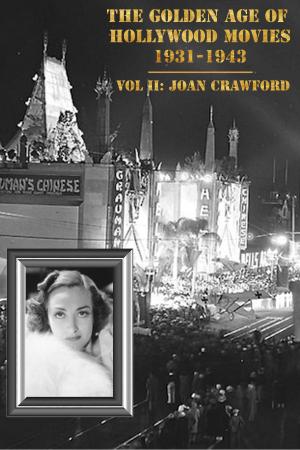| Author: | James R Ashley | ISBN: | 9781311988768 |
| Publisher: | James R Ashley | Publication: | February 18, 2015 |
| Imprint: | Smashwords Edition | Language: | English |
| Author: | James R Ashley |
| ISBN: | 9781311988768 |
| Publisher: | James R Ashley |
| Publication: | February 18, 2015 |
| Imprint: | Smashwords Edition |
| Language: | English |
The starvation caused by the potato famine in Ireland resulted in a huge immigration of Irish to the United States, primarily to New York City. They settled in the lower slums of Manhattan, and by their sheer numbers overran the lower east side. Poor, uneducated, and unskilled, the Irish lived in the most depressed area of the city. The Irish youth joined the famed Five-Pointers gang, which terrorized the Lower East Side with burglaries, stickups, robberies, and occasional battles with the East Side Eastmans. The older Irish, however, were recruited by Tammany Hall to be their powerbase. Tammany Hall found the new Irish immigrants housing, their 1st jobs, and provided them with a large number of public social services. With Irish support, Tammany dominated the New York political landscape off-and-on for almost 7 decades and became the most corrupt political machine in the country. The patronage of political city jobs allowed the Irish to rise up and prosper.
As the Irish moved up the economic ladder, they moved out of the lower east side of Manhattan and out into the suburbs, out of reach of Tammany Hall. When Irish immigration began to dry up, it was replaced large migrations from Italy and Eastern Europe, neither of which were very enthusiastic about participating in the political process. As Tammany’s political base steadily dwindled away, so did their political power. The end for Tammany Hall came with the beginning of the Great Depression in 1929. From then on Franklin Roosevelt’s New Deal would supersede New York City government as the primary caretaker of the public’s welfare, and its federal social programs would provide the public with the safety-net that they would eventually come to depend on as an entitlement. The final nail on Tammany Hall’s coffin was the implementation of service exams, which largely removed patronage of the city 12,000 jobs from political control. By the early 1930s the power of Tammany Hall was only a dream remembered.
The 2 huge gangs (the Five Pointers and the Eastmans) which operated during Tammany Hall’s height of power, each numbering a thousand thugs or more, were only kept together by strong leaders. When Monk Eastman and Paul Kelly passed from the scene, both gangs broke up into several smaller factions that preferred to fight each other in preference to any cooperation between them. Without the protection of Tammany Hall’s eroding power, the gangs became vulnerable to police targeting and reformer obsession, and their numbers were steadily eroded. With the dawning of Prohibition in the age of the Roaring Twenties, the remaining thugs of lower Manhattan became bootlegging gangsters, as fortunes could quickly be made from that trade. That decade was a shakeout for the remaining gangs, and the Irish were quickly submerged by the Italians. Lucky Luciano's 5 families of the Mafia basically ran crime in Manhattan until the mid-1960s.
The starvation caused by the potato famine in Ireland resulted in a huge immigration of Irish to the United States, primarily to New York City. They settled in the lower slums of Manhattan, and by their sheer numbers overran the lower east side. Poor, uneducated, and unskilled, the Irish lived in the most depressed area of the city. The Irish youth joined the famed Five-Pointers gang, which terrorized the Lower East Side with burglaries, stickups, robberies, and occasional battles with the East Side Eastmans. The older Irish, however, were recruited by Tammany Hall to be their powerbase. Tammany Hall found the new Irish immigrants housing, their 1st jobs, and provided them with a large number of public social services. With Irish support, Tammany dominated the New York political landscape off-and-on for almost 7 decades and became the most corrupt political machine in the country. The patronage of political city jobs allowed the Irish to rise up and prosper.
As the Irish moved up the economic ladder, they moved out of the lower east side of Manhattan and out into the suburbs, out of reach of Tammany Hall. When Irish immigration began to dry up, it was replaced large migrations from Italy and Eastern Europe, neither of which were very enthusiastic about participating in the political process. As Tammany’s political base steadily dwindled away, so did their political power. The end for Tammany Hall came with the beginning of the Great Depression in 1929. From then on Franklin Roosevelt’s New Deal would supersede New York City government as the primary caretaker of the public’s welfare, and its federal social programs would provide the public with the safety-net that they would eventually come to depend on as an entitlement. The final nail on Tammany Hall’s coffin was the implementation of service exams, which largely removed patronage of the city 12,000 jobs from political control. By the early 1930s the power of Tammany Hall was only a dream remembered.
The 2 huge gangs (the Five Pointers and the Eastmans) which operated during Tammany Hall’s height of power, each numbering a thousand thugs or more, were only kept together by strong leaders. When Monk Eastman and Paul Kelly passed from the scene, both gangs broke up into several smaller factions that preferred to fight each other in preference to any cooperation between them. Without the protection of Tammany Hall’s eroding power, the gangs became vulnerable to police targeting and reformer obsession, and their numbers were steadily eroded. With the dawning of Prohibition in the age of the Roaring Twenties, the remaining thugs of lower Manhattan became bootlegging gangsters, as fortunes could quickly be made from that trade. That decade was a shakeout for the remaining gangs, and the Irish were quickly submerged by the Italians. Lucky Luciano's 5 families of the Mafia basically ran crime in Manhattan until the mid-1960s.

